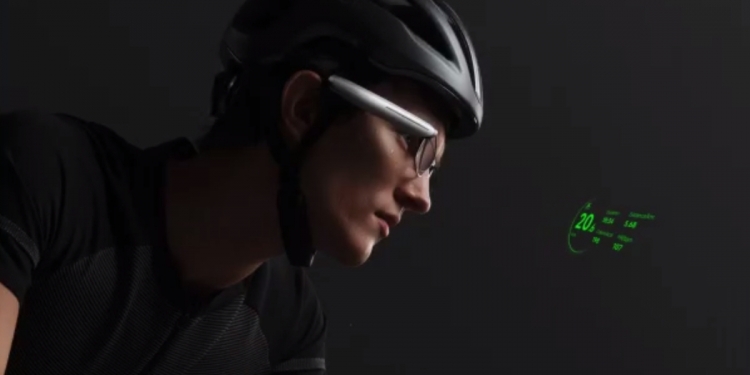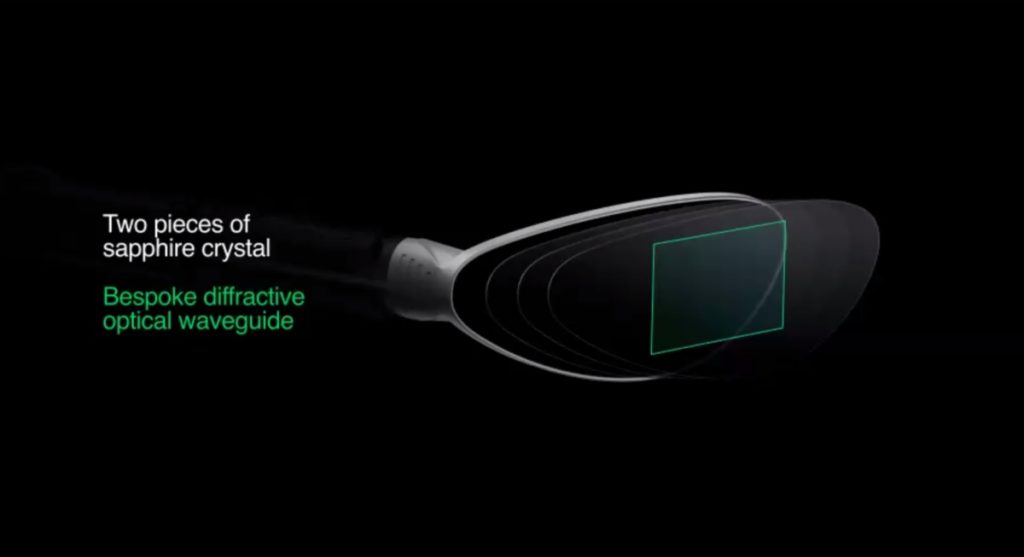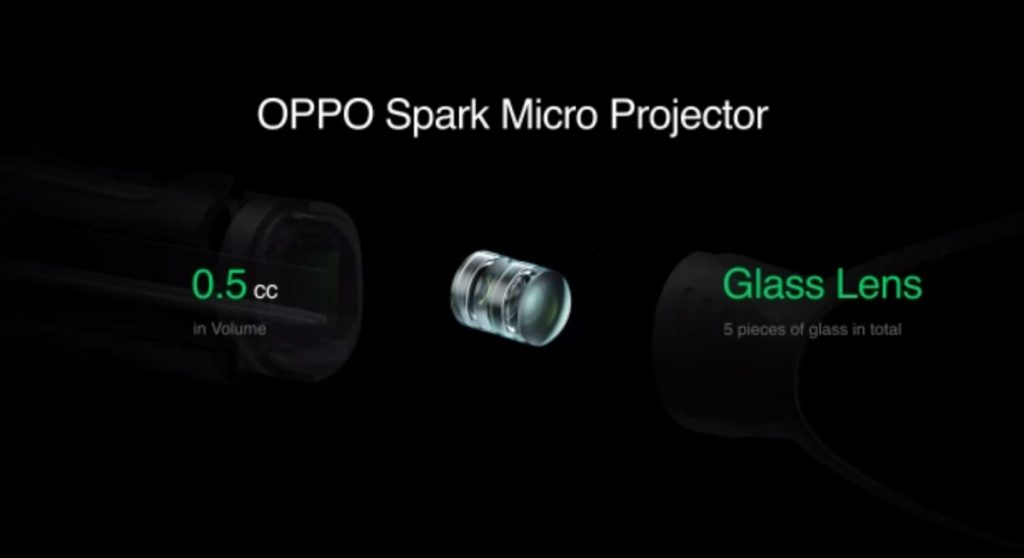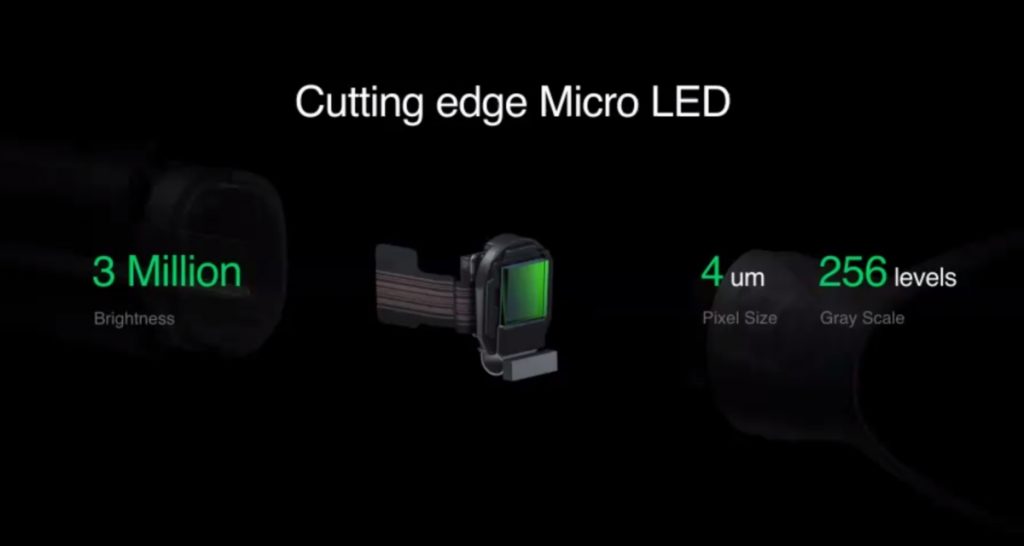In the 2013, there wasn’t a device that screamed “you’re into tech” quite like the Google Glass. It was a big, dorky thing that you wore on your face, and was almost impossible to ignore: Needless to say, I wanted one really badly. But the device never really caught on. One big reason was probably because it was really expensive, but the other was likely because it was only available in the US.
Since then, development for devices like that weren’t all that widespread, with many companies pivoting to virtual and mixed reality development instead. After all, with devices like the smartwatch becoming more popular and accessible, there really wasn’t a huge need for something like the Google Glass.
But it’s not the 20-teens anymore. It’s actually the end of 2021, and it looks like one company wants to bring this tech back into the main spotlight with their new Oppo Air Glass.
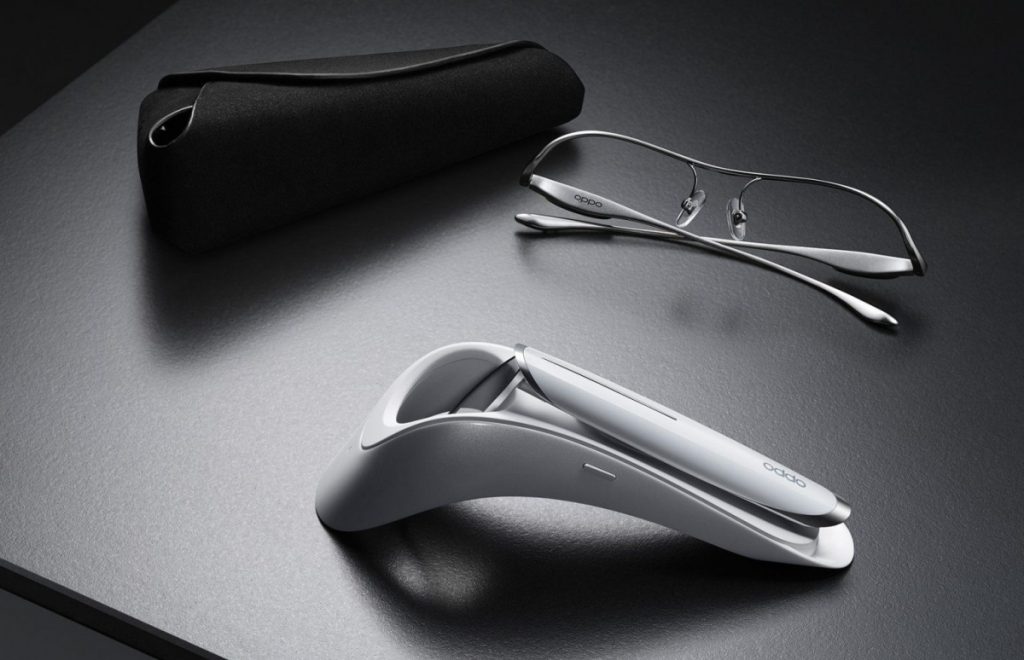
At first, I wasn’t entirely sure if they were saying Air Glass or AR Glass, but I guess you could also look at it as like a play on the word AR (Augmented Reality). Only Oppo doesn’t really believe that widespread, practical Augmented Reality technology is something that can be accomplished right now. So the Air Glass is what they call an “aR” glass instead, with the lowercase “a” standing for “assisted”.
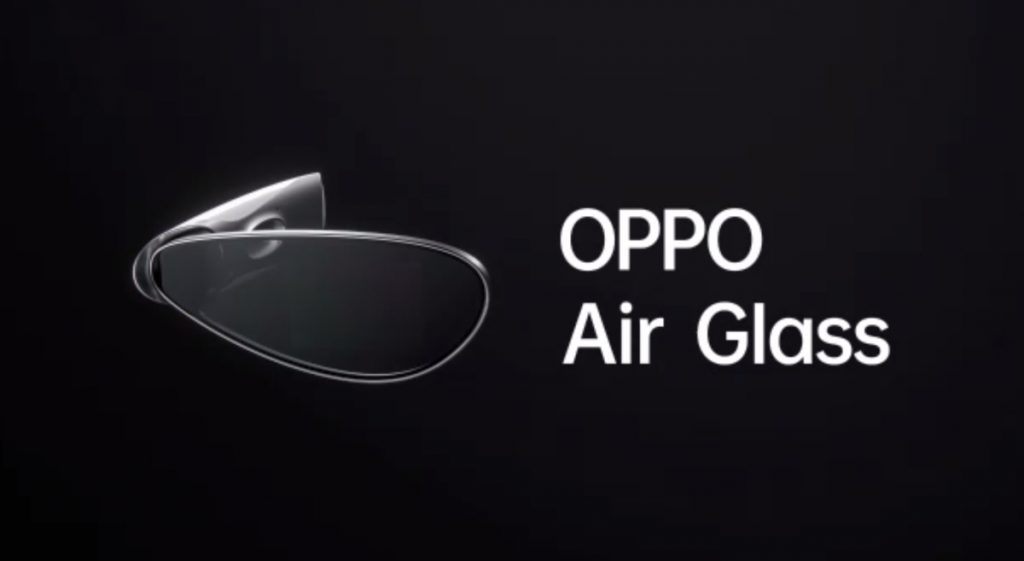
In other words, Oppo’s new product isn’t here to take your field of vision to the next level, and is striving more to be a helpful “third screen”—because the world wasn’t distracted enough with just two.
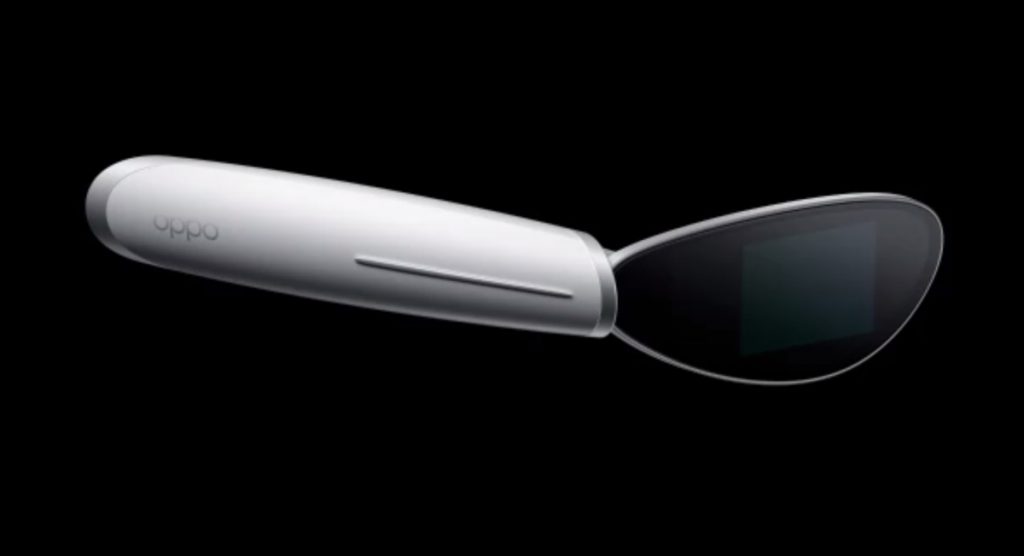
Though, at a glance, it’s not hard to see where Oppo drew their design inspiration from. It definitely reminds me of the old Google Glass, but polished with the smooth finish of 2021. Instead of Google’s blocky design, Oppo has gone for elements inspired by nature. The shape of the lens, for example, was modelled after a cicada’s wing—consisting two super hard sapphire glass panels sandwiching a display—while the frame inspired by the smooth curves found in a feather and Find X flagship smartphone.
Within the frame, the Air Glass houses a Snapdragon Wear 4100 processor, a touch bar for you to interface with the device, a battery, speaker, motherboard, microphones, antenna and a bunch of other components. The most important of which is something Oppo is calling the Spark Micro Projector.
This tiny projector is what’s responsible for creating the image that you see on the cicada’s wing, and it uses a Micro LED technology to project light onto an external viewing area. Oppo says that this projector is the size of a single coffee bean (7mm diameter, 10mm length), yet is able to project a maximum brightness of up to 3 million nits.
As someone who’s not super familiar with projector technology, that sounds blindingly bright to me, but Oppo says that what consumers will see is a 640×480 resolution image on the panel. And that, sounds a little low-res by modern screen standards. Still, this isn’t meant to be a display the way your smartphone’s screen is. Like I talked about earlier, the purpose of this device is to be a “third screen” which means it’s there to complement your smartphone and smartwatch.
Functionally, the Air Glass’ main functions don’t differ that much to that of a smartwatch. For starters, the Air Glass will be responsible for pushing notifications and other basic information like the weather, calendar, health and fitness data when it’s hooked up to your smartphone. You can set multiple “App Cards” to be displayed on the Air Glass, and you can also swipe between them with the touchpad on the device’s frame.
The Air Glass will also come in two flavours: full frame and half frame. For users who have prescription glasses, they can opt for the half frame design and attach it to their prescription glasses, while those without a such glasses can go for the full frame design instead.
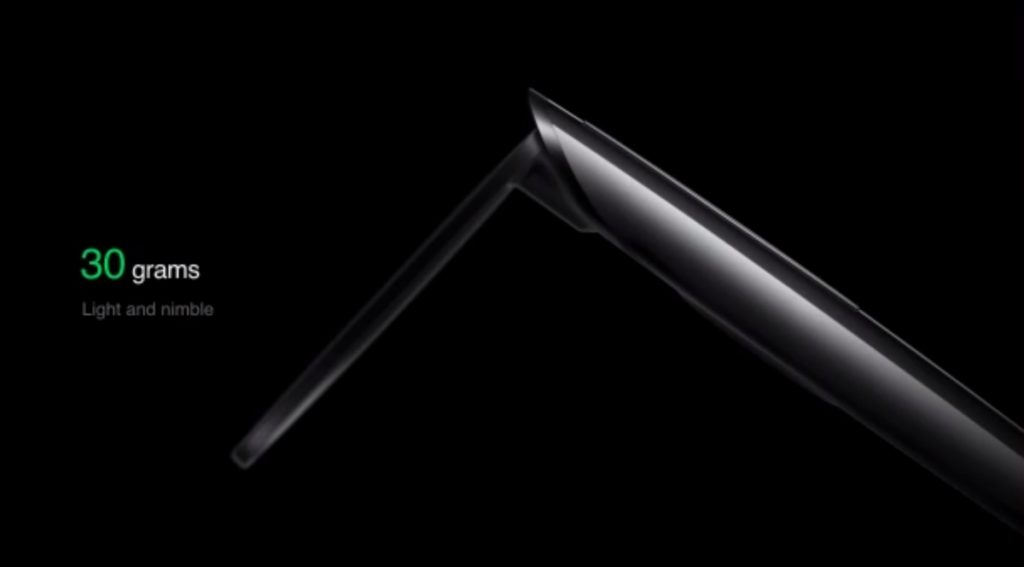
Naturally, with a device like this, using it as a navigation tool is a function that immediately comes to mind. It’s like having a heads-up display that can show you important navigational information without obscuring your view or causing you to avert your gaze. Infinitely useful for applications like cycling and motorcycle riding, the Air Glass will serve this function.
Oppo says that it has been built by Oppo and Baidu, and will also be able to display useful information about nearby stores and businesses, on top of giving you navigation alerts via the display and speaker built into the Air Glass.
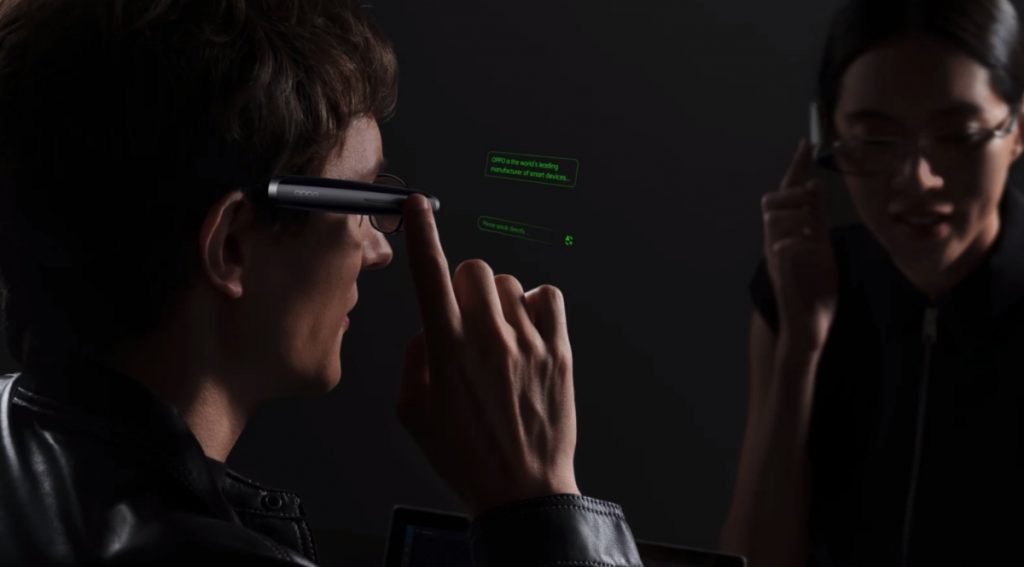
Perhaps the most interesting function, however, is the “Smart Translation” feature. Oppo claims that it will be able to help people communicate face to face with each other “using different languages without any barriers”. And they’re going to do this by translating the conversation between two people “in real time”, with the translated content being displayed as text in the Air Glass display.
This will apparently work either between two Air Glasses, or between an Air Glass and a smartphone, which sounds pretty cool. Currently, it only supports Chinese-English translations, but the company says it will add Chinese-Japanese and Chinese-Korean to the pool shortly.
Clearly, with a device like this, the thing that often determines its longevity as a useful device, is how many people build services for it. Much like people buy phones for their app ecosystem, people will likely only buy this if there are useful apps to use this with. As a result, Oppo will be making the Air Glass SDK open source, in hopes of encouraging third-party developers to bring new possibilities to the device.
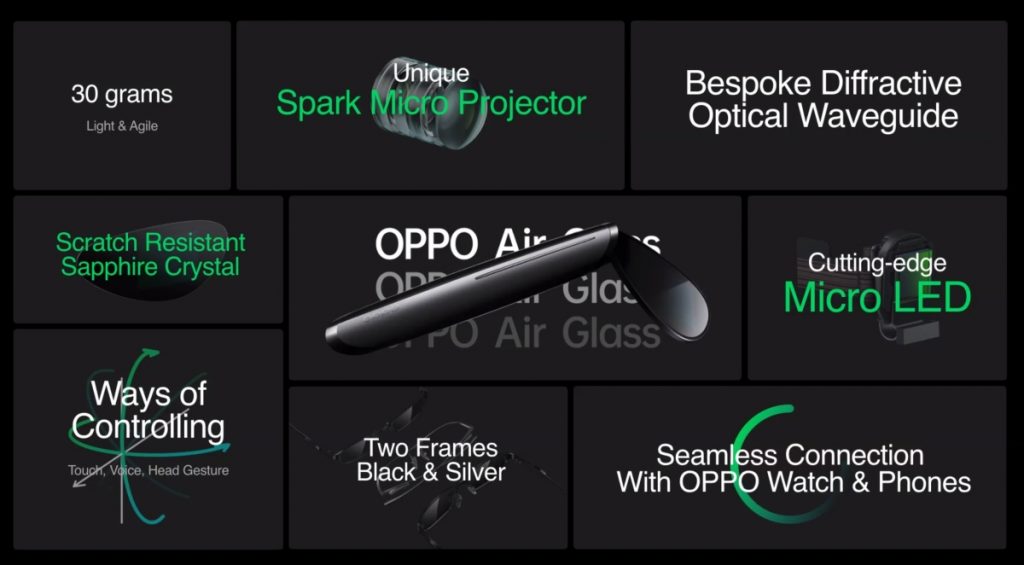
What I found interesting was that one of the main things Oppo touched on with the Air Glass was that they wanted to create something that everyone can use. But, for this particular device, Oppo has only announced availability in China. I even asked the rep if it would be coming out of China (and, will it come to Malaysia), but the answer I got was about as non-committal as it comes.

